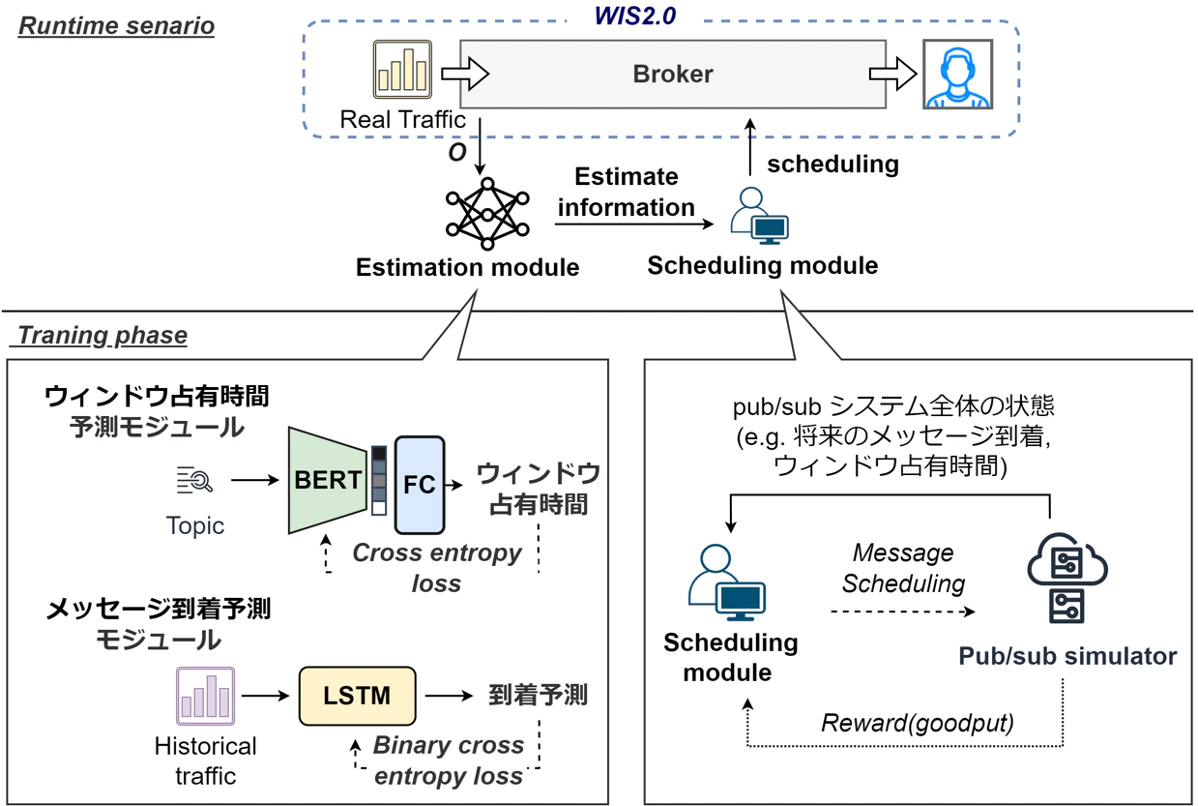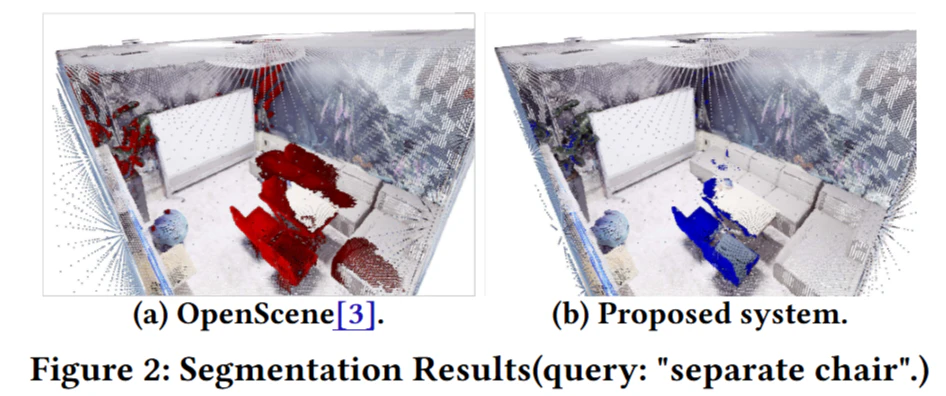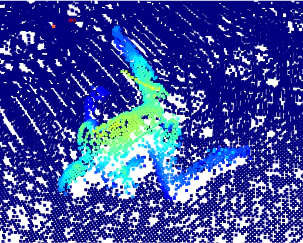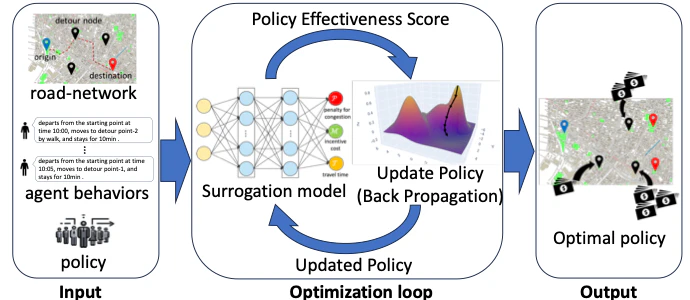
Comfortable air-conditioned environment enhances labor productivity and learning efficiency. In office buildings, schools, and other indoor environments used by large numbers of people, it is necessary to provide an appropriate air-conditioned environment that takes into account the users' thermal sensations. However, it is difficult to always provide such an air-conditioned environment in these facilities. This is due to the fact that the appropriate environment dynamically changes due to spatial heterogeneity of the environment, changes in outdoor temperature, and changes in human density. Furthermore, the user's thermal sensation differs from person to person even in the same air-conditioned environment due to the effects of clothing and metabolism. Therefore, it is challenging to realize an air-conditioned environment in the same space that takes into account the preferences of all users. In this study, we propose TSVNet, an estimation method based on deep learning that reflects time-series changes in physiological data measured by wearable sensors and thermal cameras, in order to estimate thermal sensations in dynamic environments. This method combines opportunistic and time-series data for estimation by transfer learning.
- Hiroki Yoshikawa, Akira Uchiyama, Teruo Higashino, "TSVNet: Combining Time-Series and Opportunistic Sensing by Transfer Learning for Dynamic Thermal Sensation Estimation," IEEE Access, vol. 9, pp. 102835-102846, 2021. doi:https://doi.org/10.1109/ACCESS.2021.3097882
- Hiroki Yoshikawa, Akira Uchiyama, Yuki Nishikawa, Teruo Higashino, "Combining a Thermal Camera and a Wristband Sensor for Thermal Comfort Estimation," Adjunct Proc. of the 2019 ACM International Joint Conference on Pervasive and Ubiquitous Computing (UbiComp 2019), London, United Kingdom, September 11-13, 2019. doi:https://doi.org/10.1145/3341162.3343813





